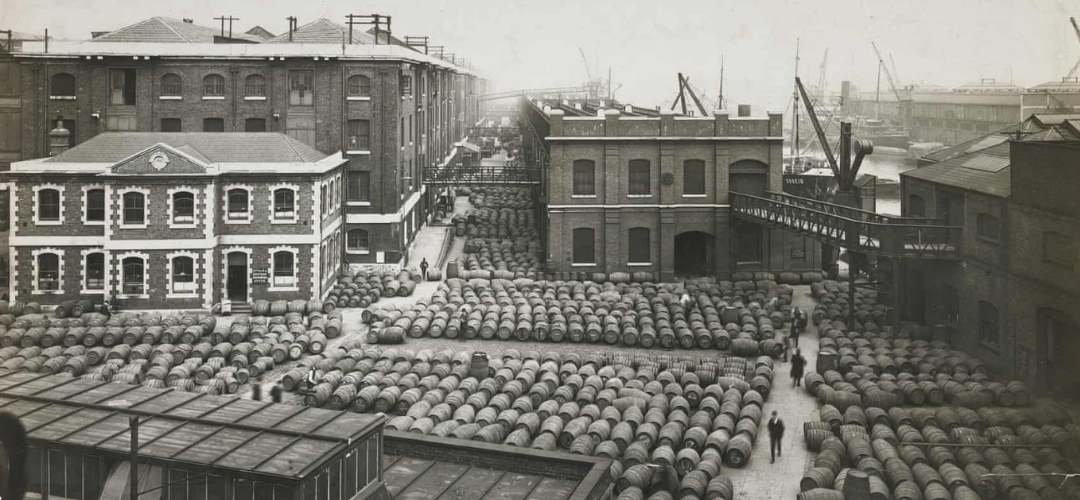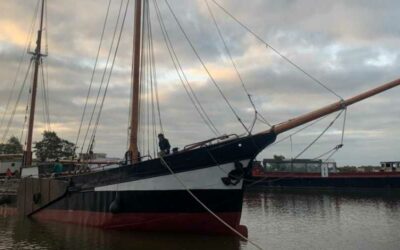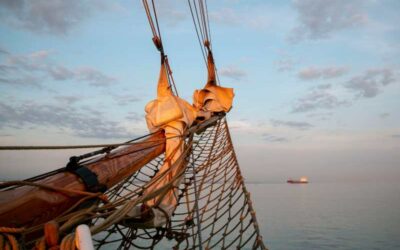There are a vast number of ports that surround the North Sea.
Rotterdam is currently the largest port in Europe, stretching for 25 miles. The port came into existence in 1283 when, following the draining of the surrounding marshland, a small fishing village was created at the mouth of the Rotte River. Today, it is one of the principal gateways to Europe for a massive amount of seaborne cargo. The port has declared its intention of becoming emission free by 2050.
Nearby, there is the Port of Amsterdam.
Operating since the 13th century, Amsterdam handles around 100 million tons of cargo per year. The port is located on the banks of the North Sea Canal and the IJ, which is a body of water in the Dutch province of North Holland and known as Amsterdam’s waterfront. The port is connected to the North Sea through the North Sea Canal and to the Rhine through the Amsterdam-Rhine Canal. Indeed, there are approximately 1500 acres of waterways that make up the port of Amsterdam. In 2020, the port, along with other Dutch ports of Rotterdam, Terneuzen/Vlissingen, Moerdijk, and Groningen jointly won the ‘World Ports Sustainability Award’.
Just to the west is the Port of Antwerp.
The port is located on the banks of the river Scheldt, whose estuary is navigable by ship as far as 80 km inland. This inland site provides a more central location for Europe than most North Sea Ports. Antwerp’s docks are connected further inland by rail, road, and river and canal waterways. Antwerp is currently Europe’s second largest port, with the modern port developing in the 19th century. Despite this, the harbour has been of major importance for centuries.
Across the North Sea, one of the biggest ports in the UK is located at Immingham and Grimsby, near Hull.
Located on the River Humber, the port moves an estimated 60 million tons per year. Construction on the modern port finished in 1912, but like Antwerp and the Scheldt, the estuary and harbour on the Humber has been used as an entry point to the North Sea, or as a destination, for a very long time.
Just to the south, along the river Thames is the port of London.
Once the largest port in the world, this is not a single destination. Running from Foulness Point in Essex, up to Teddington Lock, the Port of London comprises of over 70 terminals and facilities, handling an average of 50-55 million tons of cargo per year..
These are only a tiny fraction of the ports and harbours that border the North Sea. To consider them all would be the work of weeks. Every estuary and natural harbour that circles the North Sea is either still in use, or has been used to set out onto the busy waters, at one point or another in the last millennium.
These ports could all benefit from a dedicated sail cargo line to help boost their sustainability, and to ship cargo such as grains, timber and other raw materials, whisky and other drinks, cheese, and a host of diverse products in an environmentally friendly way.




